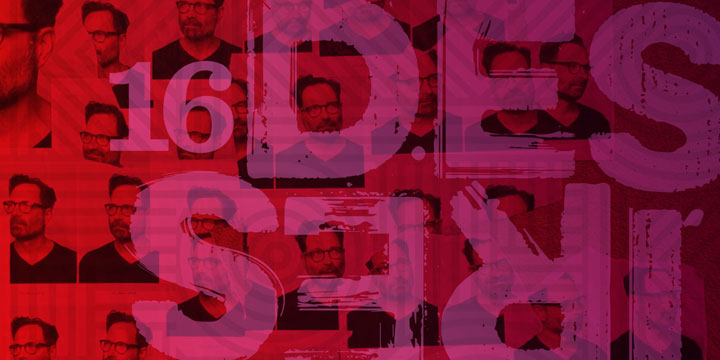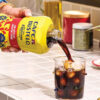Your pleasure center is showing. When we tap into our 16 hardwired desires, we grasp a new language for branding—one that actually resonates.
This is an introduction to desires thinking, a methodology for creating more meaningful, successful brands. For a deeper dive into each of the 16 desires, read parts one, two, three and four. Or, head to lpk.com/desires.
A few months ago, I was up late working, the TV going in the background. Colbert was on, and at the commercial break an ad got my attention. It was for a Gucci fragrance called “Guilty”—and it was pretty, well, steamy.
It opens on Jared Leto, lounging in bed with two women. They dance in gossamer curtains, walk the streets of some Italian city, share a bath in which they spritz perfume. A false eyelash floats in a glass of water, like a piece of evidence. It’s romantic and cinematic—but also lewd by a lot of common cultural standards. And regardless of your tastes, it’s pretty advanced for 11 pm network TV. So, how’d it end up there?
I’ll tell you how: our desires. There are 16 hardwired desires in each of us, defined by our motives, fears and pleasures. Gucci made an obvious, shameless play to our universal desire for romance—a want for sex, driven by the intrinsic feelings of lust and arousal we get from intimacy. It’s also propelled by our natural fears of impotence and repulsion. We want to be sexy to others—full stop.
Turn consumer meaning up to an eleven in the blink of an eye.
I’ve long looked to fashion brands as masters of desire. From strategy to execution, they riff on them well—and to very profitable effect. A lot of brands tend to focus on the functional attributes of their products. But Gucci took its latest expensive fragrance—a product with no functional benefit—and rendered it a must-have. Sure, it tapped into romance, but it also prodded at physicality, social contact, independence and, most notably, prestige. (Most of us can’t afford to spend our days half-asleep in a boudoir, draped in silks.)
This is the magic of desires. As a strategic methodology, they can turn consumer meaning up to an eleven in the blink of an eye. They can take the most foreign, out-there notions and inject them right into our gut. Fashion does it with bombastic portraits of wealth and beauty. We may not be Leto, or one of his lovers, but something in us relates to something in them. We want a piece of that—and we can get it bottled and shipped to our door.
All the best brands understand this formula and use it: Tom’s of Maine and Patagonia do it with idealism, pouring mountaintop altruism into deodorants and jackets. Gillette and Victoria’s Secret play to power complexes, while Walmart and TurboTax satisfy our persistent desire to collect, save and take stock.
Desires are a kind of Rosetta Stone for human behavior and decision-making.
I realize it can be disheartening—unraveling the ways brands make use of our triggers to sway us. But it can also be relieving, if not fascinating. We all respond to codes that steer our choices—be it the marketer making a final call on strategy, the consumer choosing between two toothpastes or you, deciding which playlist to put on for the dinner party. There are reasons we do what we do—and isn’t that a comforting notion now, more than ever.
Desires are a kind of Rosetta Stone for human behavior and decision-making. And beautifully, when you start studying, you realize you already know the language.
Here at LPK, we believe that now—more than ever before—our human desires are an essential tool for progress. Industries are changing, jobs are changing, times are changing—but our desires are steady, ancient things, and we can turn to them for answers. In the months ahead, we’ll continue unpacking desires and exploring how they will inspire more meaningful, useful brands in the future.
For now, head to lpk.com/desires.








